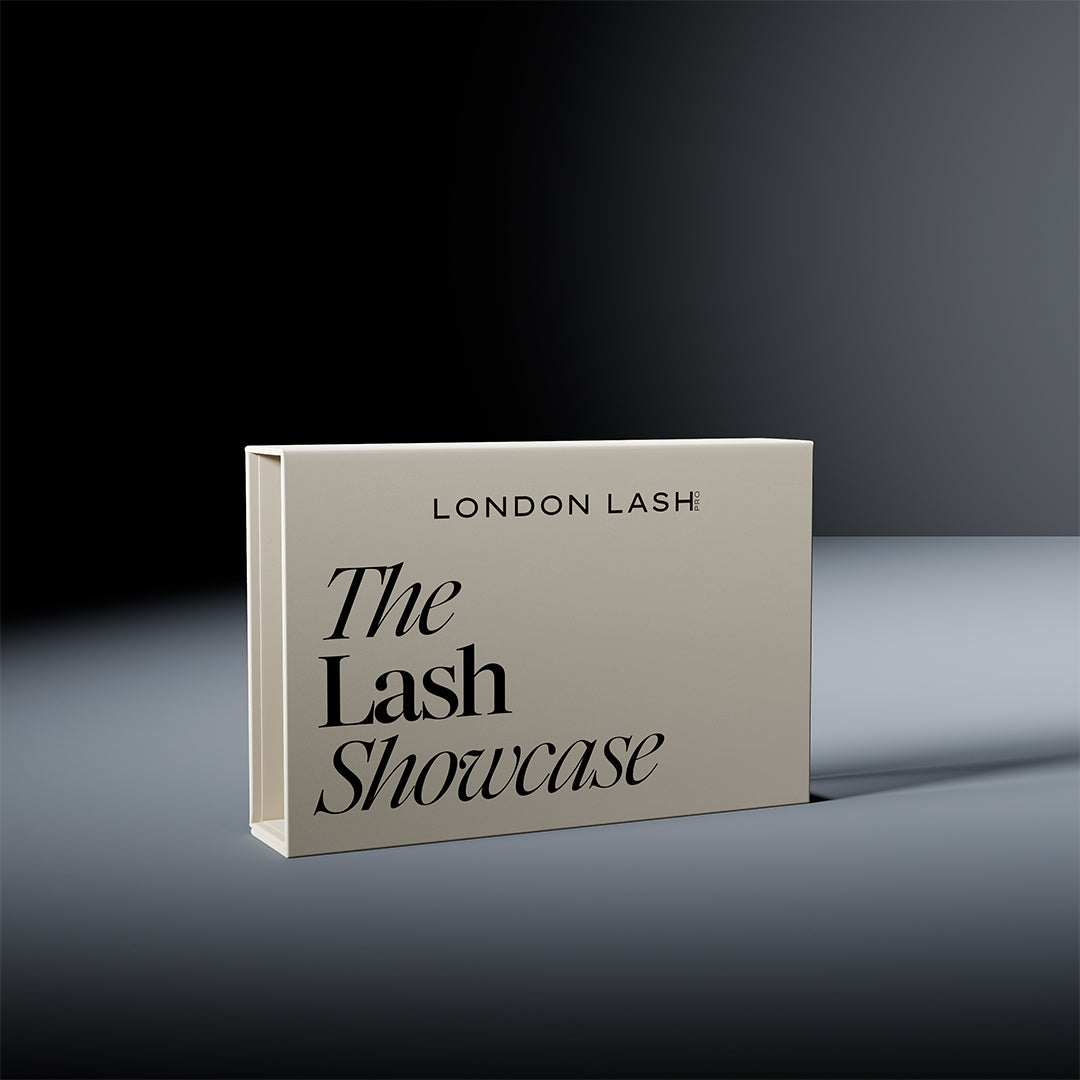Glues & Liquids
EYELASH EXTENSIONS
Save Up To 63%
How to Work with Lash Glue in the Summer
4 min read

Getting the Most Out of Your Eyelash Glue In Summer!
Summer. It’s the time of year Lash Techs start to look forward to the moment it ends - the lighter evenings, the warmth of the sun on our skin, that's all nice but, that being said, there are some drawbacks to the rise in temperature and humidity we often experience. The main one being that our Lash Extension Glue suddenly forgets how to behave! There’s no question that even the best lash glue for eyelash extensions is temperamental, and will react to any change in the environment.

Your room conditions are one of the biggest factors that can affect your eyelash glue. Fluctuations in temperature and humidity can be the difference between a great set of lashes, and the set that makes you never want to look at a single eyelash ever again.
Temperature is the more noticeable factor here, we’re more likely to notice if the temperature changes by two degrees than if the humidity changes by 5%. What is our natural reaction when the temperature increases? Cool it down. Cooling your space down is all well and good, but it often has a knock-on effect on the humidity levels in your room. Opening a window to let in a breeze is likely to increase the humidity and speed up your eyelash glue drying time, while putting on the air-conditioning will suck the moisture out of the air, and make your adhesive slow down.
What To Do If Your Humidity is Too Low?
Low humidity will cause your lash extensions adhesive to slow down and become difficult to work with. It will also have you holding your extensions in place for much longer while the glue dries, or cause your lash fans to close or lean to one side, affecting the fullness and professional finish of the lash set.
- Get a humidifier - you can find one online for a reasonable price. For an added touch of relaxation and luxury for you and your clients, you can add a drop of essential oil to create a delicate scent.
- Add some droplets of water along the Under Eye Patches using a micro fibre brush.
- Apply Primer in sections as you work, to keep the natural lashes moistened.
- Use Booster on the lashes to give the eyelash glue more to grip onto. Booster has an alkaline pH which causes the hair cuticle to open up, giving the hair a better texture and the glue more surface area to stick to.
- Use Booster on the lash strip to prevent fan closure and speed up your glue drying time.
To keep track of your temperature and humidity level, make sure you add a Hygrometer to your eyelash extension kit, if you don’t have one already! Similarly, remember that storage is important, nobody wants dried up eyelash glue. Keep your lash extension glue in an Air Tight Container, specifically designed to keep any humidity and moisture out.

What If Your Humidity is Too High?
High humidity means that lash glue dries much faster than normal, which can be really detrimental to lash retention. If you’ve ever been happily applying individual lashes, then brushed the set part way through only to find that half of your lash extensions brushed out, it’s because the lash glue dried too quickly to form a strong bond between the eyelash extensions and the natural lashes.
Get a Dehumidifier: The pros of this are that they will reduce the humidity in your workspace, however it should be noted that there are some drawbacks to this. Dehumidifiers tend to be quite loud if they’re big enough to reduce the humidity in a large space, and if they’re smaller then they’re not as effective. The better option is to use a lash glue that cures more gradually.

Remember to also change your lash glue dot more regularly. The increased humidity won't just cure the eyelash glue quicker on the lashes, but also on your Glue Stone, so pay close attention to your glue's behaviour. If your glue is stringy when you dip in an extension and pull it out, it's time to dispense a new drop to work with. Read all about stringy lash extension glue and the signs, in this blog post.
In the summer, we also tend to do more activities that impact how the glue behaves after treatment. Whether it’s outdoor sports, swimming or just existing in high temperatures and high humidity levels, you may find that lash retention is affected a lot in the summer! There’s not a huge amount you can really do once your client leaves you, but what you can try is using Superbonder at the end of your treatment to instantly cure your glue whilst keeping the bond flexible and durable.

After that, it’s in your client’s hands! Make sure you advise them on the best aftercare, and get them booked in for an infill in three weeks’ time to keep those lashes looking fresh!
Check out these featured products
Subscribe
Sign up to get the latest on sales, new releases and more …












